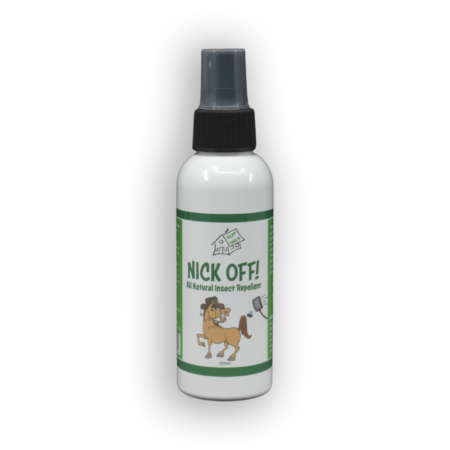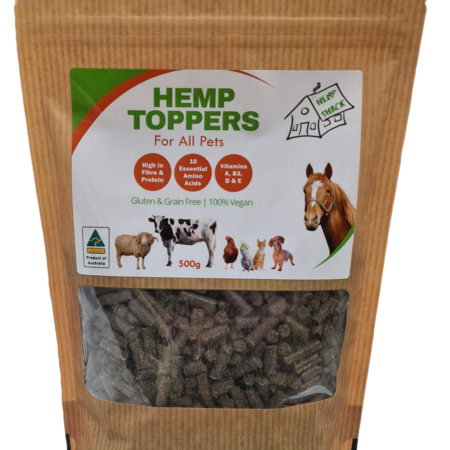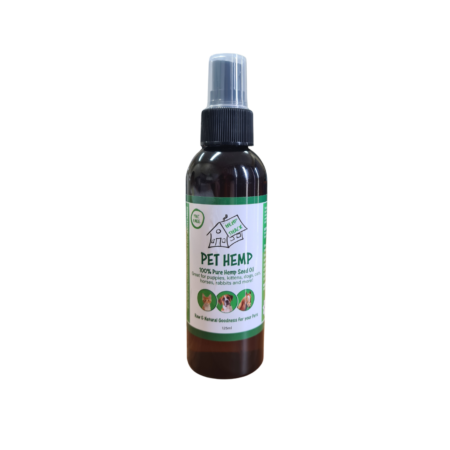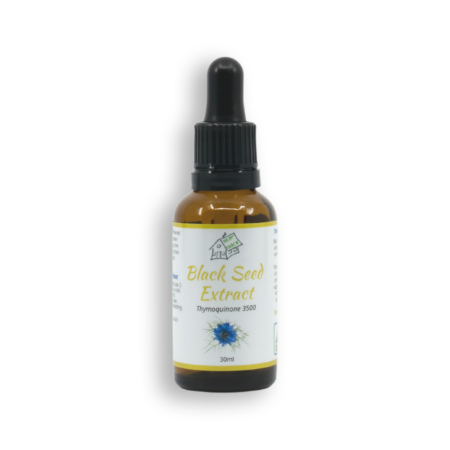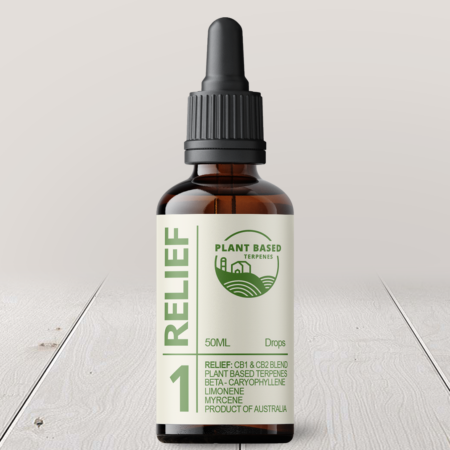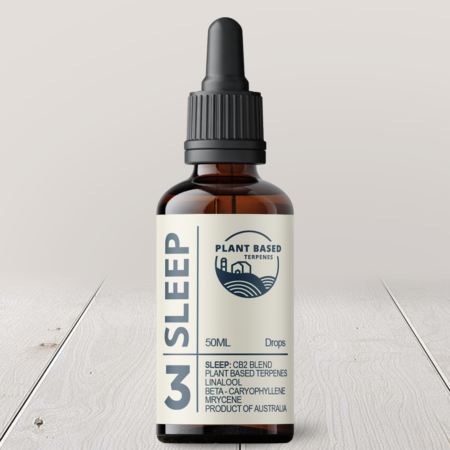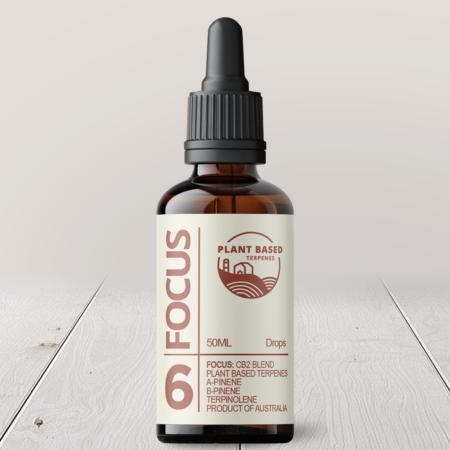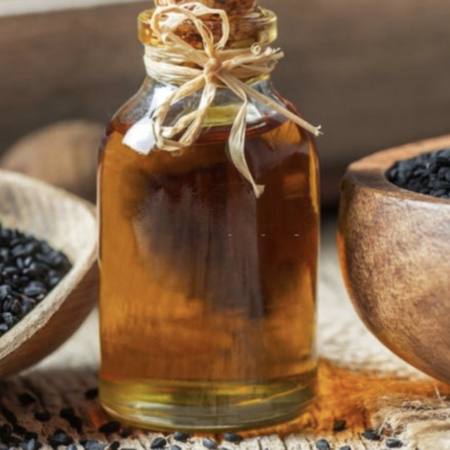
Pinene
Pinene is one of the simplest terpenes in existence. It consists of two isoprene units stuck together in a ring structure.
Despite its simple structure, this compound has been shown to offer a wide variety of benefits. Its most common use is in cleaning products (such as Pinesol) for sterilising and cleaning various surfaces.
One remarkable potential use of pinene is as a biofuel in spark-ignition engines. This is caused by a-pinene dimer, which has volumetric heating values that score as high as rocket fuel.
Researchers from the Georgia Institute of Technology and Joint Bio-Energy Institute have obtained pinene synthetically by using a bacterium, as reported by a 2014 article from the American Chemical Society [1].
The Difference Between Alpha & Beta Pinene
Alpha-pinene and beta-pinene are simply two variations of pinene. The only difference between these two compounds is the base molecule’s particular class of chemicals (alkene).
Alpha-pinene is the more prevalent type; it occurs in cannabis and is the most abundant terpene found in nature.
Scientists have been studying the effects of alpha-pinene and beta-pinene for neurodegeneration related health concerns.

Pinene and Smell
Not all terpenes smell according to their names, but pinene is a dead giveaway. Most often, you’ll find it in the needles of the pine tree, but pinene is also found in a range of herbs and spices, which we’ll cover later in the article. The smell of pinene is very refreshing and redolent of a pine forest.
The Effects of Pinene
Aside from delivering the distinct forest-like aroma, pinene has several therapeutic properties, including:
- Anti-inflammatory Effects
- Neurological Support
- Antimicrobial Activity
Pinene has nootropic benefits by improving blood flow to the brain and blocking an enzyme known as acetylcholinesterase.
Herbs that are rich in pinene are often added to respiratory tonics.
What Plants Contain Pinene?
Alpha-pinene and beta-pinene occur in a wide range of cannabis strains, but there are also other plants abundant in this terpene, including:
- Basil
- Dill
- Cannabis
- Parsley
- Rosemary
- Pine
- Spruce
- Juniper
One particularly enjoyable way to reap the benefits from pinene is to practice “forest breathing,” a popular Japanese activity known as shinrin-yoku. It is also one of the main activities of German complementary medicine.
The air in forests contains high levels of terpenes such as pinene. Therefore, walking and exercising there can potentially provide therapeutic benefits. It’s not surprising that this activity is fantastic for your health, considering the awe of being immersed in nature.
Pinene Research
Similar to other terpenes, pinene has a range of potential benefits, including anti-inflammatory, antimicrobial, and neuroprotective effects.
A 2014 study published in the Journal of Natural Products concluded that pinene has anti-inflammatory effects on human chondrocytes (cells responsible for cartilage production). The authors noted that pinene inhibited the formation of compounds such as interleukin-beta. Alpha-pinene was the most effective form of this terpene (2).
In a 2012 study posted by the journal Molecules, the research team investigated the effects of pinene on various bacterial cultures. They found that pinene was toxic to Candida albicans, which trigger yeast infections [3].
Pinene also exerted bactericidal actions on methicillin-resistant Staphylococcus aureus (MRSA). Furthermore, it improved the efficacy of the antibiotic ciprofloxacin on these dangerous bacteria. Again, it was the alpha-pinene that proved the most effective.
A 2016 study published in Zeitschrift fur Naturforschung found that pinene had a two-fold antioxidant effect. Firstly, it blocked the production of harmful molecules called reactive oxygen species (ROS).
Secondly, it boosted the expression of several natural chemicals, such as [4]:
- Catalase (CAT)
- Glutathione peroxidase (GPx)
- Glutathione reductase (GR)
- Heme oxygenase 1 (HO-1)
The study’s authors concluded that pinene could positively affect the body’s neurochemical balance, translating to a delayed onset of neurological health problems.
References:
- Sarria, S., Wong, B., García Martín, H., Keasling, J. D., & Peralta-Yahya, P. (2014). Microbial synthesis of pinene. ACS synthetic biology, 3(7), 466–475. https://doi.org/10.1021/sb4001382
- Rufino, A. T., Ribeiro, M., Judas, F., Salgueiro, L., Lopes, M. C., Cavaleiro, C., & Mendes, A. F. (2014). Anti-inflammatory and chondroprotective activity of (+)-α-pinene: structural and enantiomeric selectivity. Journal of natural products, 77(2), 264–269. https://doi.org/10.1021/np400828x
- Rivas da Silva, A. C., Lopes, P. M., Barros de Azevedo, M. M., Costa, D. C., Alviano, C. S., & Alviano, D. S. (2012). Biological activities of α-pinene and β-pinene enantiomers. Molecules (Basel, Switzerland), 17(6), 6305–6316. https://doi.org/10.3390/molecules17066305
- Porres-Martínez, M., González-Burgos, E., Carretero, M. E., & Gómez-Serranillos, M. P. (2016). In vitro neuroprotective potential of the monoterpenes α-pinene and 1,8-cineole against H2O2-induced oxidative stress in PC12 cells. Zeitschrift fur Naturforschung. C, Journal of biosciences, 71(7-8), 191–199. https://doi.org/10.1515/znc-2014-4135


